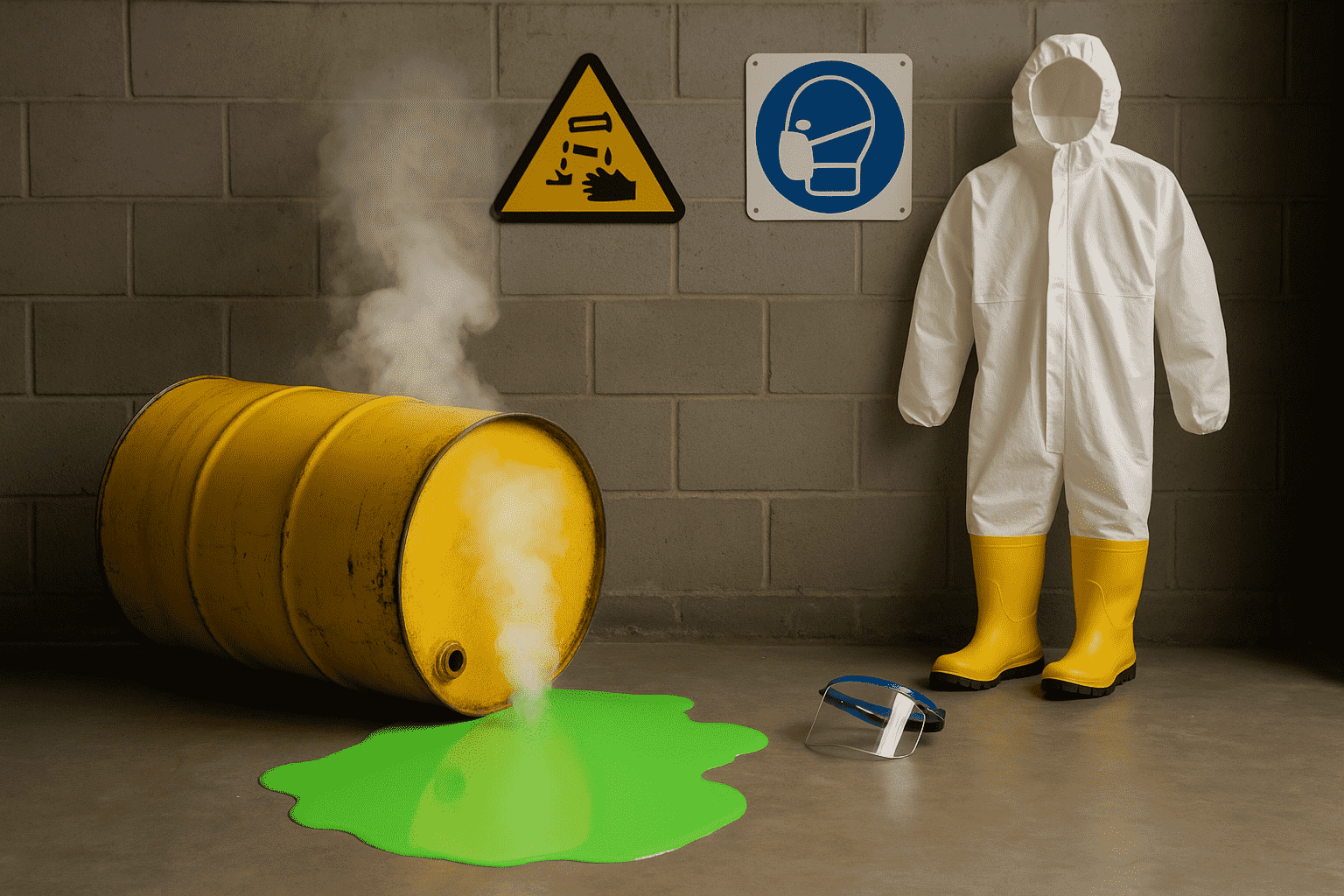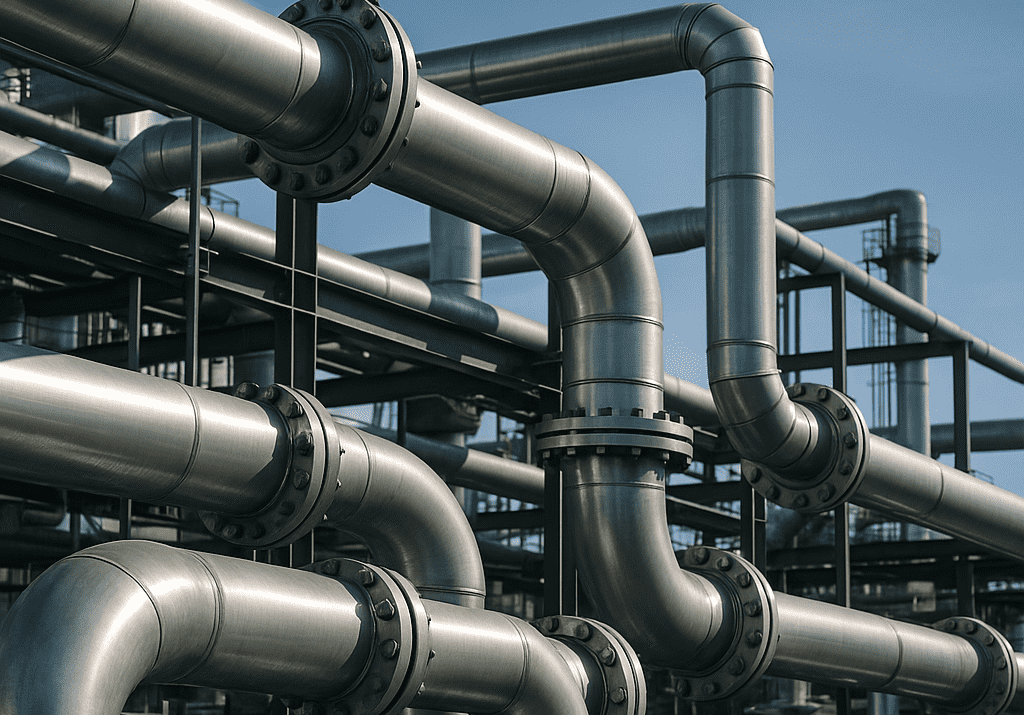Effects of Mining on Surface and Ground Water

Mining industry plays a crucial role in our everyday life. Apart from generating employment, the mining industry provides raw materials, minerals and metals critical to a nation’s economy. At the same time mining is one of the major contributors of water pollution – surface and ground.
Water pollution especially groundwater contamination due to mining is a serious issue as mining operations intersect the water table of the mined area. Large amounts of suspended solids are common in groundwater near the mined areas because of ore-washing and dumps. Whereas, sand mining is a major threat to rivers and can destroy its biodiversity, pollute it and cause erosion.
Types of Water Pollution Caused by Mining
Four main types of mining impacts on water are:
1.Acid Mine Drainage (AMD) or Acid Rock Drainage (ARD):
This is the waste from mining sites which is a highly acidic, rich source of sulphate and heavy metals. The mining activities lead to exposing sulphur-bearing minerals (mostly iron sulphides) to atmospheric oxygen, moisture, and acidophilic iron-oxidizing bacteria, resulting in sulfuric acid, dissolved iron, and precipitation of ferric hydroxide. The sulfuric acid dissolves heavy metals from mined materials and forms an acidic pH solution with elevated concentrations of arsenic, cadmium, lead, copper, etc. This solution infiltrates into the ground, making acid mine drainage the primary pollutant of surface and groundwater with significant effects on the environment.
Problems associated with mine drainage include contaminated drinking water, disrupted growth and reproduction of aquatic plants and animals, and the corroding effects of the acid on parts of infrastructures such as bridges.
2.Heavy Metal (HM) Contamination:
Mining operations together with grinding and clustering of ores, and discharging of tailings in open enter the environment through wind and rainwater run-offs leading to environmental contamination. Heavy metals cannot be reduced into non-toxic harmless forms completely. Therefore, there is an increased volume of heavy metals (HM) within the encircling area of mining.
Rivers draining the mining wastes have deposition of heavy metals on their banks and streams. It affects the natural population of bacteria in the soils. This leads to loss of bacterial species responsible for nutrient cycling with a consequent negative effect on the ecosystem.
3.Processing Chemical Pollution:
Chemical agents such as cyanide or sulphuric acid are used by mining companies to separate the target mineral from its ore. During the process these chemical agents might spill, leak or leach from the mine site into nearby water bodies.
These chemicals are highly toxic and can prove to be fatal to humans and wildlife.
4.Erosion and Sedimentation:
Mineral development affects the soil and rock in the process of constructing and maintaining roads, open pits and waste impoundments. Erosion of exposed earth may carry substantial amounts of sediments into streams, rivers and other water bodies when adequate measures are not taken for its prevention and control.
This may lead to clogging of riverbeds, reduction in the agricultural potential of an area, storage capacity losses in downstream reservoirs, increased flooding due to reduced river channel capacities and, affecting the wildlife and aquatic life as well.
How to Prevent Mining Led Water Pollution?
Mining plays a vital role in national economic development and at the same time has a large adverse effect on water resources. A cautious and conscious approach towards development and conservation is essential to mitigate the adverse effects while facilitating growth.
Mining activities have a large impact on surface and groundwater; directly or indirectly, Therefore, it is essential for industries to invest in treatment like oil water separator, floating oil skimmer, rotary drum skimmer and prevention of water pollution in reservoirs, pipeline, canals, storage facilities and wash bays.
Deploying environment-friendly oil skimmers is one step towards mitigating the extent of water pollution. Oil skimmers recover organic oils from acid ponds and are used in treatment of waste water. An effective effluent and sewage treatment system ensures reduced damage, recovery of valuable products and conserving of water, a precious natural resource.
Frequently Asked Questions(FAQs)
Q1. Are floating oil skimmers effective in removing all types of oil?
A. Floating oil skimmers are designed to handle a wide range of oil types and viscosities, including both free-floating oil and emulsified oil. However, the efficiency can vary depending on factors such as oil thickness and composition.
Q2. How does an oil-water separator work?
A. Oil-water separators work on the principle of gravity separation. The device utilizes different mechanisms such as coalescence, flotation, or gravity settling to separate oil from water. The separator allows the oil to rise to the surface while allowing the clean water to pass through or settle at the bottom. Various designs and configurations are available to optimize the separation process.
Q3. What is oil spill response equipment?
A. Oil spill response equipment refers to a range of specialized tools, devices, and machinery used to contain, recover, and clean up oil spills in water bodies, coastlines, and other affected areas. This equipment is designed to minimize the environmental impact of oil spills and facilitate the efficient removal of oil from the affected environment.





